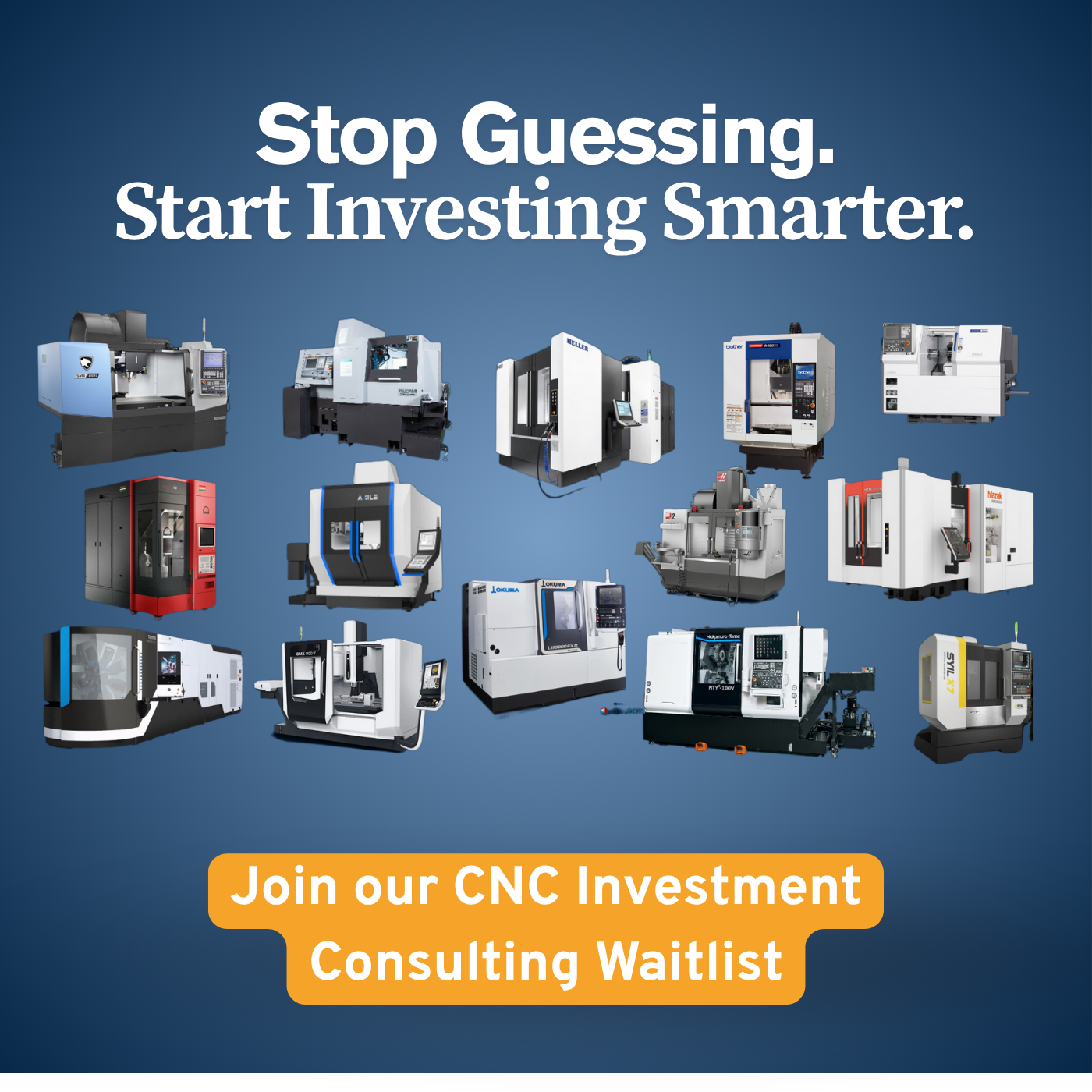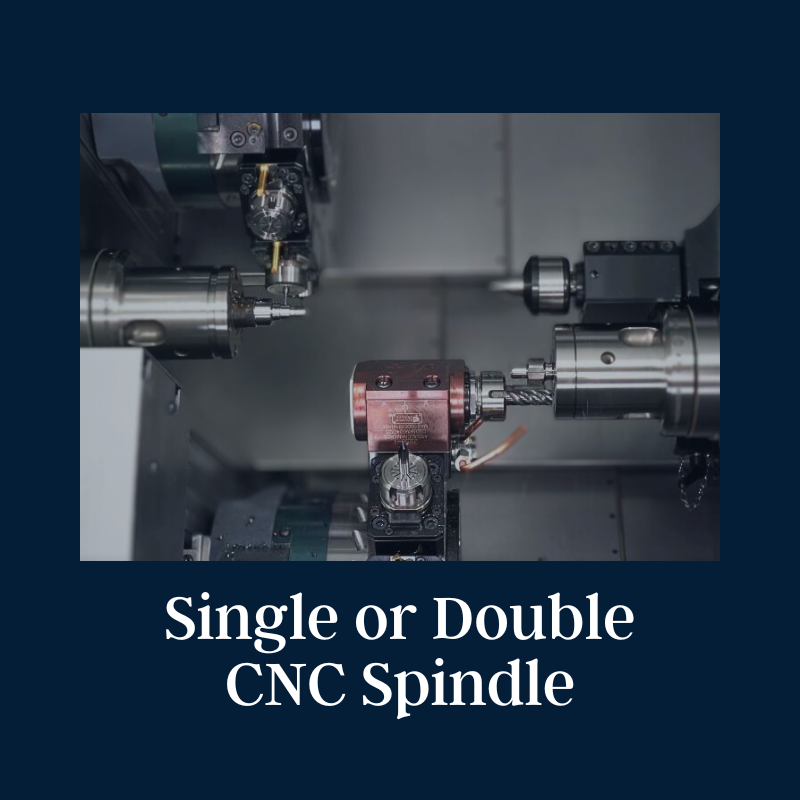When faced with equipment that's not performing up to expectation, the decision between buying new or refurbishing can be challenging. However, certain critical factors such as increased downtime, diminished capabilities, quality deviations, outdated control systems, and escalating maintenance and spare parts costs can strongly tilt the balance in favor of purchasing new equipment.
Common factors leading to the decision to purchase new equipment instead of refurbishing include increased operational downtime, limited machine capabilities, deviations in product quality, outdated control systems, and the high costs of maintenance and spare parts. These issues often signal that refurbishing may not provide the long-term value or performance improvements needed, making investment in new equipment the more strategic choice for enhancing efficiency and productivity.
- Increased Downtime: The Hidden Cost
Downtime is more than just a temporary halt in production; it's a significant drain on resources, affecting delivery schedules, employee productivity, and ultimately, the bottom line. As equipment ages, the frequency and duration of downtime often increase, making refurbishment less appealing. New machinery, with its updated technology and reliability, can drastically reduce downtime, improving overall operational efficiency.
- Capabilities and Quality: Meeting Modern Demands
The capability to meet current production demands and maintain high-quality outputs is important. Older equipment may struggle with consistency and meeting the quality standards required by today's market. This limitation can lead to customer dissatisfaction and lost business. New equipment, designed with the latest technology, ensures superior performance, consistency, and quality, aligning with stringent market demands.
- Control Systems: The Technological Backbone
Outdated control systems can severely limit a machine's performance and the ability to integrate with modern manufacturing ecosystems. New equipment comes with state-of-the-art control systems that offer better precision, efficiency, and connectivity, enabling smarter, more efficient operations.
- The Financial Equation: Maintenance and Spare Parts Costs
While refurbishing may seem cost-effective initially, the ongoing maintenance and high cost of spare parts for older equipment can quickly erode any initial savings. New machinery, often covered by warranties, presents lower maintenance costs and higher reliability, providing a more favorable long-term financial outlook.
- Making the Strategic Choice: Buy New for Future-Readiness
Choosing to buy new equipment is not merely a financial decision but a strategic one, ensuring your operation is future ready. With advancements in technology, energy efficiency, and production capabilities, new machinery offers a pathway to not just keep pace but stay ahead in a competitive landscape.
The decision to buy new versus refurbishing involves weighing immediate costs against long-term benefits and operational efficiencies. By considering factors such as downtime, capabilities, quality, control systems, and the overall financial impact, businesses can make informed decisions that align with their long-term strategic goals, ensuring sustainability and growth in an ever-evolving market.
When to Replace Your Machine: Parts & Wear
Finding out that your CNC machine needs a part that's nowhere to be found can be frustrating. Equally challenging is deciding whether its current condition justifies a replacement.
When it comes to spare part scarcity and wear machine condition, the decision to replace a CNC machine is based on cost-effectiveness, productivity impact, and long-term operational efficiency. Evaluating the current and future capability of the machine, alongside the availability and cost of alternatives, guides this important decision.
- Firstly, the assessment of the current machine's performance and its impact on productivity is important. A machine that frequently breaks down or causes production delays may signal that a replacement is more cost-effective in the long run.
- Secondly, the availability and cost of spare parts play a significant role. In situations where parts are rare, discontinued, or prohibitively expensive, the financial viability of maintaining the existing machine diminishes. This scenario often justifies the investment in a new machine with better support and availability of parts.
- Moreover, technological advancement should not be overlooked. Newer models offer enhanced efficiency, precision, and features that can significantly improve production capabilities. The decision to replace an older machine also opens the opportunity to upgrade to newer technology, potentially offering a competitive edge and operational savings.
- Lastly, consider the total cost of ownership (TCO) which includes not only the purchase price but also maintenance, operational costs, and the potential for downtime. A comprehensive analysis of these factors will provide a clearer picture of whether replacing the machine is the most prudent decision.
Critical Machine Parts Influencing Replacement Choices
Understanding which machine parts are classified as high-risk during assessments can significantly influence the decision to replace the entire machine. It's a fine line between costly repairs and strategic replacement.
High-risk machine parts typically include those essential for operation, expensive to replace, or cause frequent failures. These can be core components like the spindle in CNC machines, control systems, or power units. Looking over these parts for wear and failure risk is important in deciding whether to repair or replace the machine, focusing on long-term operational efficiency and cost-effectiveness.
- The Spindle: In CNC machines, the spindle is the heart of the operation. Its condition directly impacts machining precision and the quality of the finished product.
- Control Systems: Modern machines rely heavily on their control systems for efficient operation. Failure in this area can render a machine inoperative until costly repairs or replacements are made.
- Power Supply Units: These are important for the machine's operation. Issues here can lead to inconsistent operation or complete failure.
- Drive Motors and Actuators: These components are responsible for the movement and functionality of the machine. Failures can cause a halt in production, leading to significant losses.
- Cooling Systems: Overheating can cause immediate and long-term damage to the machine. A failing cooling system puts the entire operation at risk.
When these components show signs of wear or frequent failure, it’s often a signal that the machine may be nearing the end of its useful life.
Calculating Cost on Repairing vs. Buying New CNC Machines
Calculating the cost of repairing versus buying a new machine involves analyzing several factors, including the immediate repair costs, the impact on production downtime, long-term maintenance expenses, and the benefits of new technology. A thorough cost estimation not only considers the upfront financial outlay but also evaluates the overall impact on operational efficiency and productivity, guiding a strategic decision that supports long-term business objectives.
Understanding the full scope of costs associated with repairing or replacing a machine lays the groundwork for an informed decision. The process begins with gathering detailed information on the following aspects:
- Immediate Repair Costs: This includes parts, labor, and any necessary shipping or handling fees for obtaining rare components. An accurate estimate from a reliable service provider is important.
- Operational Impact Costs: Consider the downtime required for repairs versus installation of a new machine. Downtime translates directly into lost production and, consequently, lost revenue. Additionally, evaluate if the repaired machine will meet current and near-future production demands or if a new machine could significantly boost efficiency and output.
- Long-term Maintenance and Operational Costs: Older machines may require more frequent repairs and maintenance, leading to higher long-term costs. New machines, while requiring a significant initial investment, often come with warranties and are generally more energy-efficient, reducing ongoing operational costs.
- Depreciation and Resale Value: The depreciation of the current machine and the potential resale value, as opposed to the depreciation rate of a new machine, should be considered in the financial analysis.
Calculating the cost of repairing versus buying new machinery is not just about comparing numbers; it's a strategic decision that affects your company's operational efficiency, financial health, and competitive edge. By methodically assessing all related costs and benefits, you can make a decision that supports your business's immediate needs and long-term goals.
Making the Final Decision: Repair or Replace Your CNC Machine?
When faced with the decision to repair or replace a machine, especially after identifying high-risk components, the path forward isn't always clear-cut. This decision involves multiple analysis that balances cost, productivity, and future operational goals. Here's a structured approach to navigate this important decision-making process:
Evaluate the Current State of the Machine
- Assess Overall Condition: Beyond the high-risk parts, evaluate the machine's overall condition. Are there signs of wear and tear that could lead to future failures?
- Performance Efficiency: Consider if the machine meets current production needs and if it can keep up with projected demands.
Consider the Financial Implications
- Repair Costs vs. New Machine Investment: Compare the immediate repair costs with the investment in a new machine, considering potential financing options and the impact on cash flow.
- Operational Costs: Factor in how energy efficiency, maintenance costs, and downtime of the old vs. new machine affect overall expenses.
Analyze the Impact on Production
- Downtime: Estimate the downtime associated with repairing the current machine and how it compares with the time to purchase and install a new machine.
- Quality and Capacity: Determine if the existing machine's quality and production capacity align with business goals or if a new machine could offer significant improvements.
Project Future Needs and Technological Advancements
- Scalability: Will the current machine be able to handle increased production or new products in the future?
- New Features and Capabilities: Consider whether technological advancements in new machines could provide a competitive edge, such as improved precision, speed, or features that enable new manufacturing capabilities.
Environmental and Safety Considerations
- Safety Standards: New machines often come with enhanced safety features and comply with current regulations, reducing the risk of workplace accidents.
- Environmental Impact: Modern machines may offer better energy efficiency and lower emissions, aligning with sustainability goals.
Making the Call
After thorough evaluation, if the cost of repairs and the potential for future breakdowns outweigh the investment in a new machine, replacement is likely the prudent choice. However, if the machine's current performance and repair costs justify its continued use without compromising production goals, repair might be the optimal path. This decision is not solely financial; it's also about aligning with long-term business strategies, operational efficiency, and positioning for future growth.
Making the final decision to repair or replace a machine is a significant one, with long-lasting implications for your operation. By systematically assessing the various factors outlined, you'll be better positioned to make a choice that not only addresses the immediate issue but also sets your operation up for future success.




